Architect
Lloyd Wright
As an architect, Lloyd Wright couldn’t have been under a longer shadow. Yet the son of the legendary Frank Lloyd Wright was highly accomplished in his own right, designing some of Southern California’s most innovative structures and landscapes.
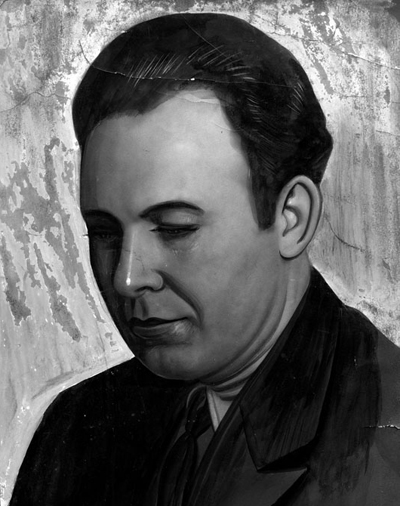
Lloyd Wright, 1927. Herald-Examiner Collection/Los Angeles Public Library.
Lloyd Wright (1890-1978)
Frank Lloyd Wright, Jr. was born in 1890 and spent his early years in Oak Park, Illinois, and Spring Green, Wisconsin. He attended the University of Wisconsin in Madison for two years, then traveled extensively through Europe after his father moved to Italy in 1909.
In 1911, the younger Wright joined the great landscape firm Olmsted and Olmsted in Boston. He transferred to San Diego later that year to work at the Olmsted nursery created for the 1915 Pan-Pacific Exposition. The assignment brought him to Southern California, where he would remain the rest of his life.
The San Diego move also connected him with Irving Gill, one of the first modern architects in California, who later hired him. Wright designed much of the original landscape for the City of Torrance, which was planned jointly by Gill and the Olmsted firm (see Gill’s Preservation Award-winning Pacific-Electric – El Prado Bridge).
In the mid-1910s, Wright formed a landscape partnership with Paul Thiene, a colleague from the Olmsted firm, before opening his own practice in 1916. He urged his father to come to Los Angeles and helped with some of his local projects, including supervising site work for Hollyhock House and the planting of Olive Hill (East Hollywood, 1922).
Lloyd Wright’s independent designs showed the clear influence of his father while introducing new ideas. The younger Wright designed several homes using his approach to the “textile block” system, including the Sowden House (Los Feliz, 1926) and Samuel-Novarro House (Hollywood, 1928).
Hallmarks of Wright’s work include bold, soaring forms; unusual colors and materials; careful siting; and of course, integrated landscape. Influences on his work included his lifelong love of music (he played cello) and a flair for theatricality he honed as a set designer for Paramount Studios in the teens.
Perhaps his best-known work is Wayfarer’s Chapel (Rancho Palos Verdes, 1951). He also designed the first two shells of the Hollywood Bowl (1927, 1928), as well as two garden apartment communities in Boyle Heights: Aliso Village (1940, now demolished) and Ramona Gardens (1942).
Lloyd Wright died in 1978 at the age of 88. While some of his important work has been lost—including his stunning Moore House (Palos Verdes, 1956; demolished 2012)—much of his legacy remains. The Conservancy holds a conservation easement on his own former home and studio.
Lloyd’s son, Eric Lloyd Wright, is also a renowned architect who has worked actively for many years to preserve his family’s legacy.
Related Places
-

Place
Sowden House
-
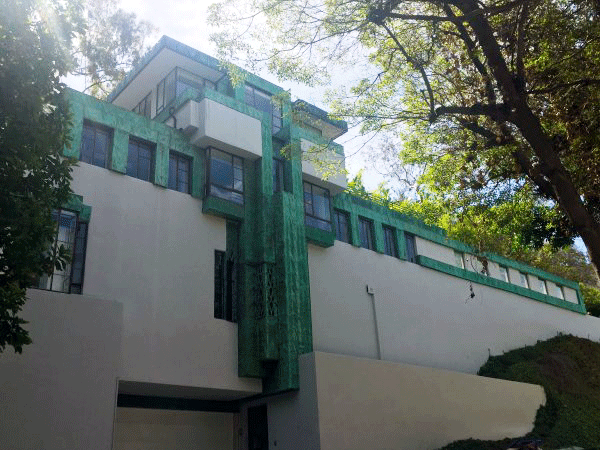
Place
Samuel-Novarro Residence
-
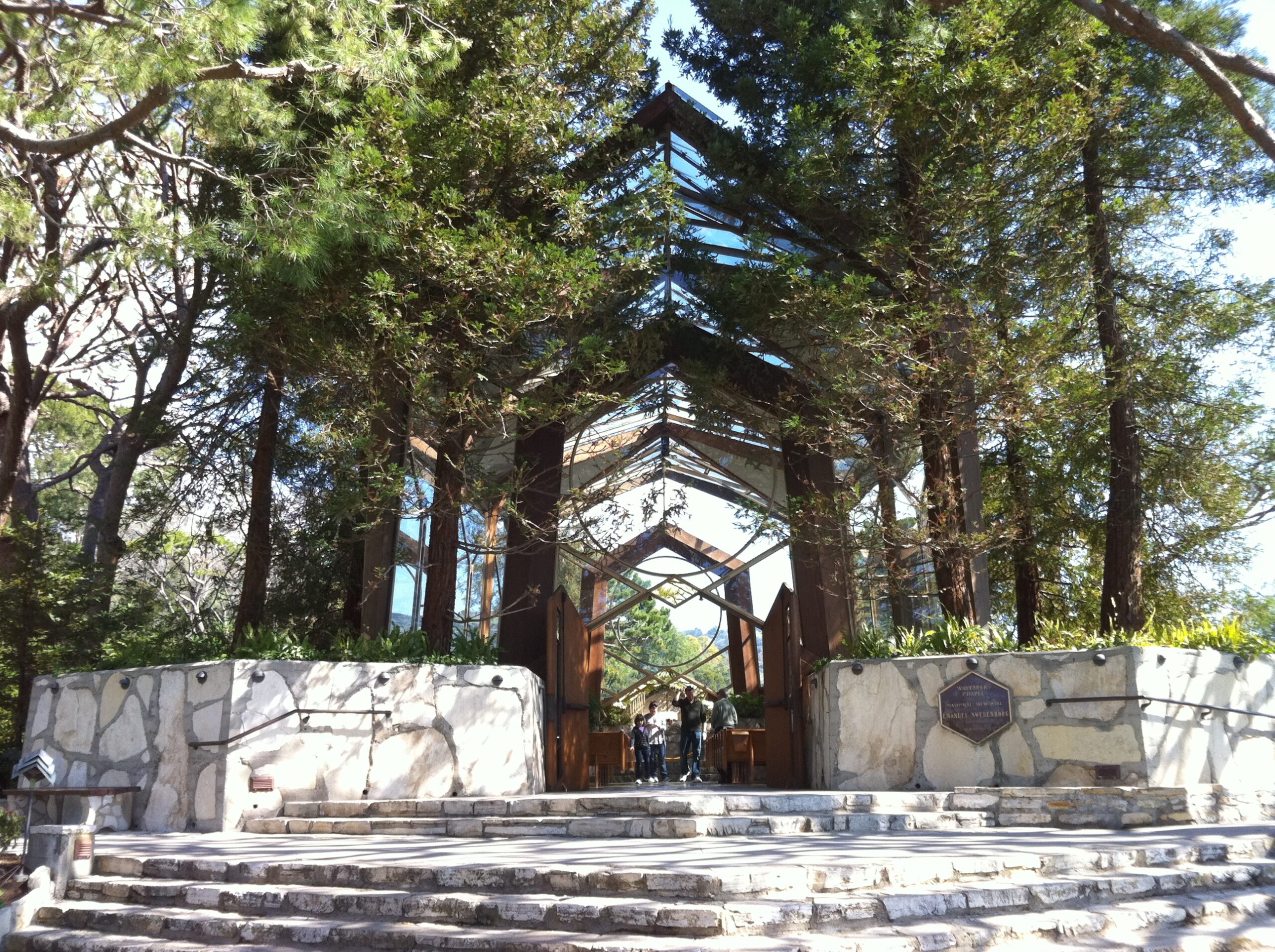
Place
Wayfarers Chapel
-

Place
Moore House (Demolished)
-

Place
Sowden House
-

Place
Samuel-Novarro Residence
-

Place
Wayfarers Chapel
-

Place
Moore House (Demolished)
-
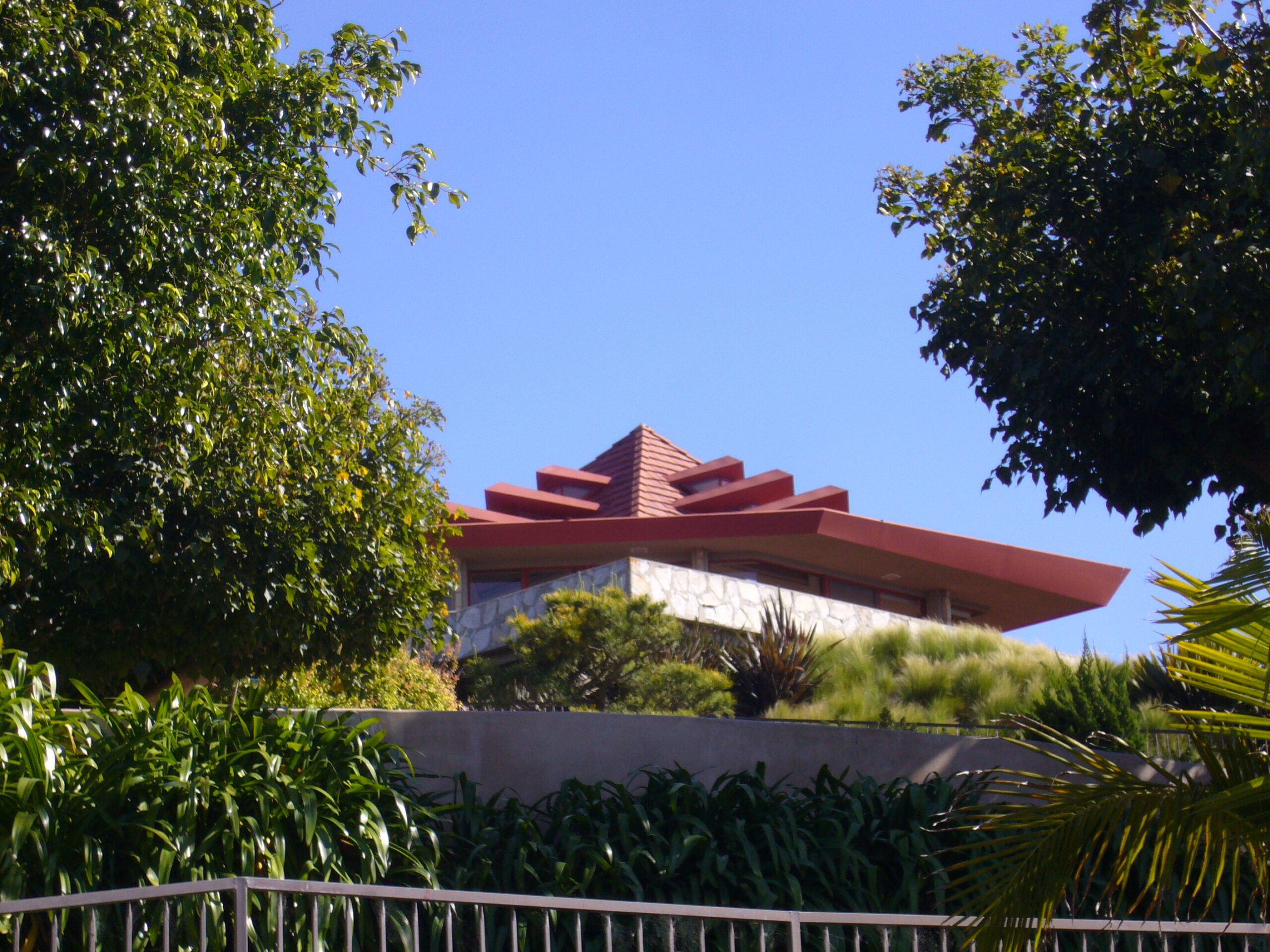
Place
Lombardi House
-
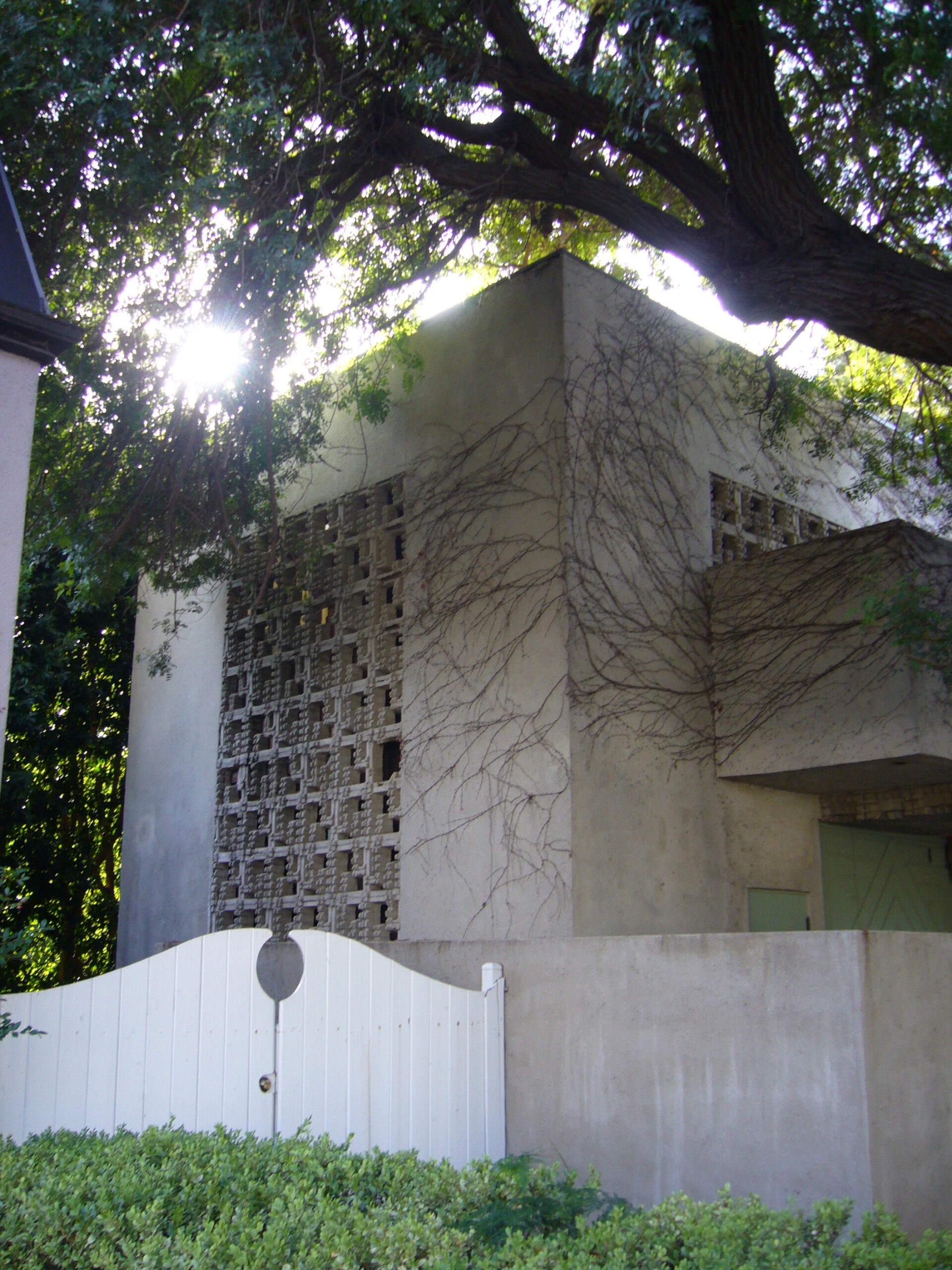
Place
Lloyd Wright Studio-Residence
-
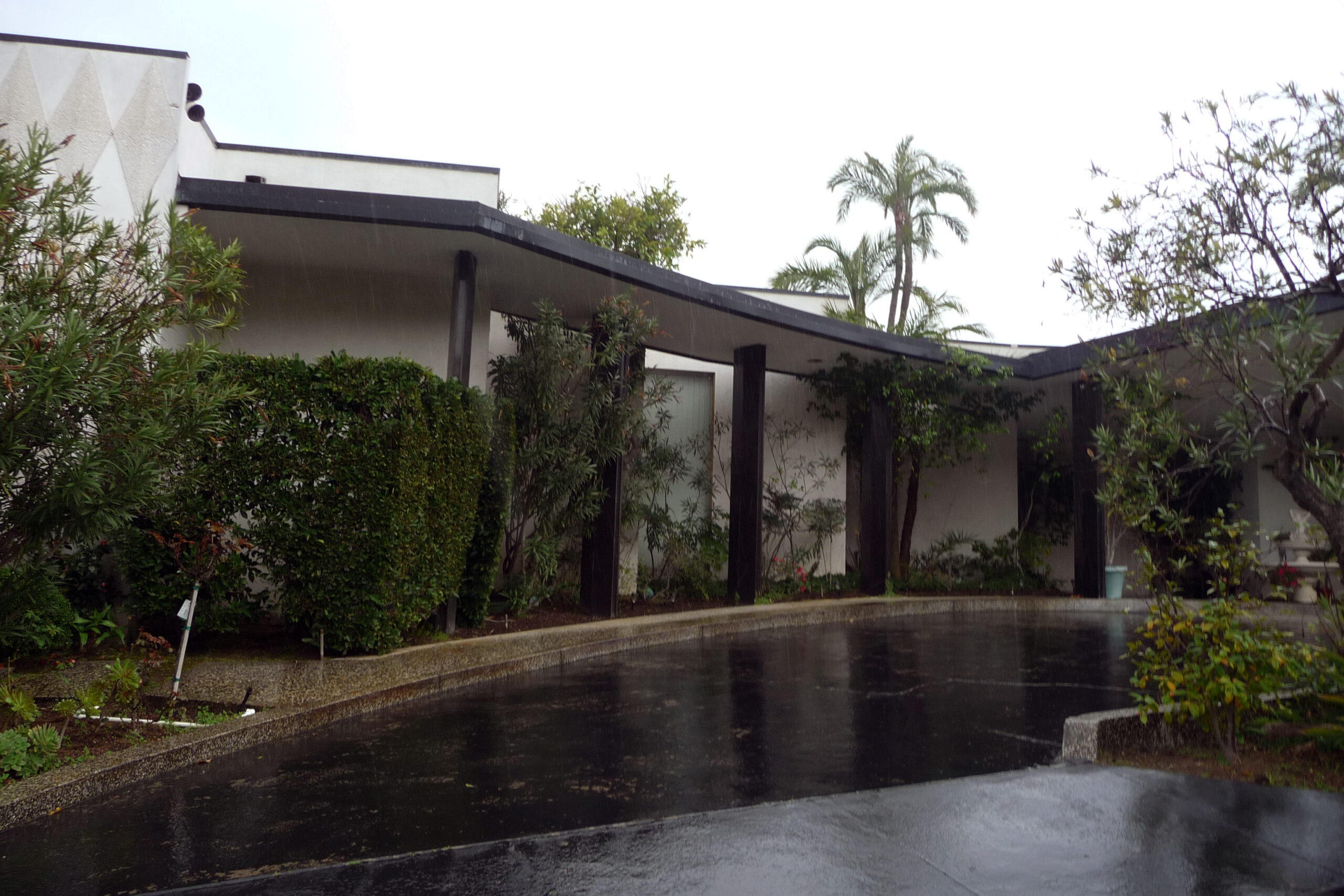
Place
Trousdale Estates
-
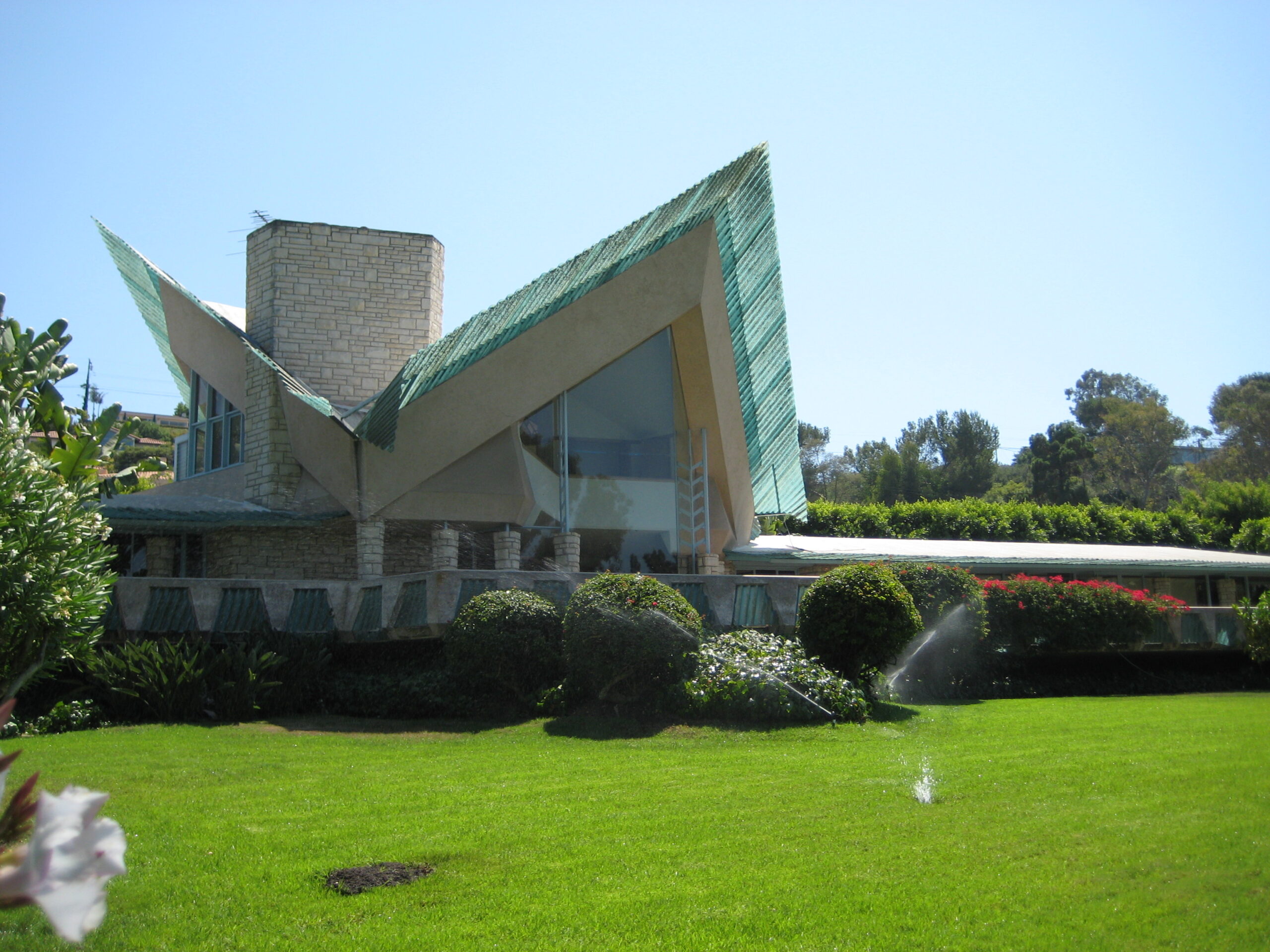
Place
Bowler House
-
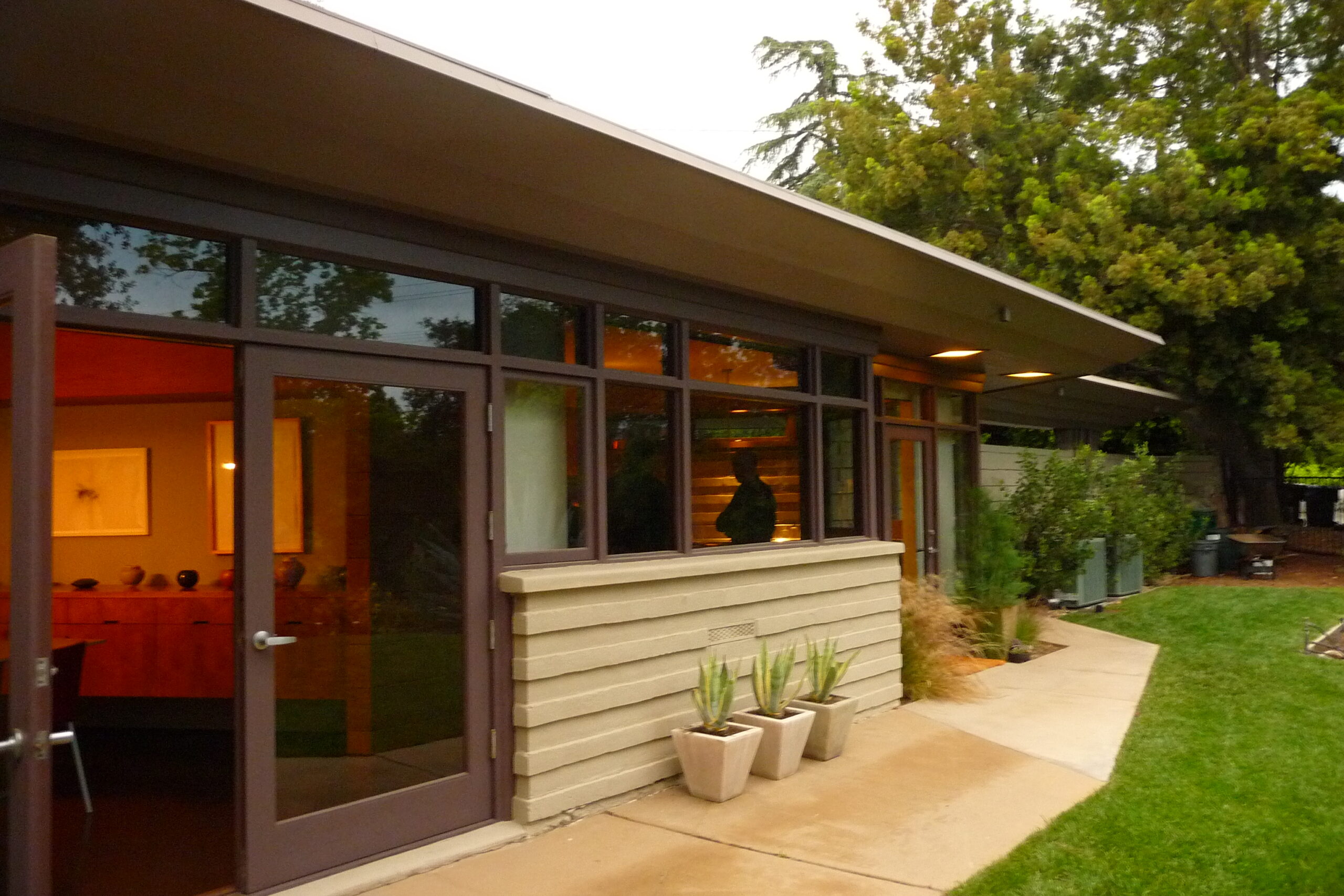
Place
Gainsburg House
-
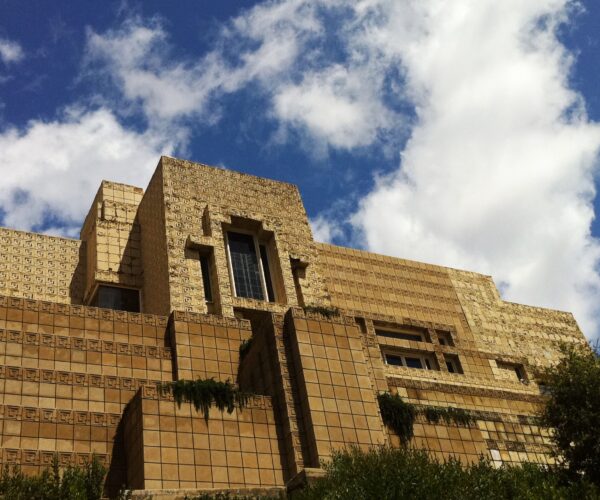
Place
Ennis House